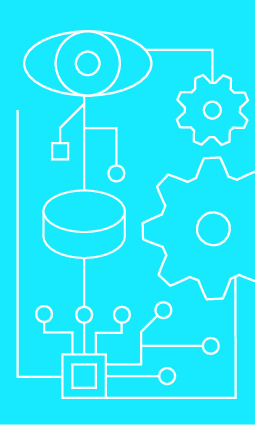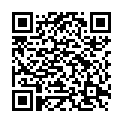|
|
|
| Module code: MST.NAA |
|
1V+1PA (2 hours per week) |
|
2 |
| Semester: according to optional course list |
| Mandatory course: no |
Language of instruction:
German |
Assessment:
Written exam and presentation
[updated 01.10.2020]
|
MTM.NAA Mechatronics, Master, ASPO 01.04.2020
, optional course
MAM2.1.2.18 Engineering and Management, Master, ASPO 01.10.2013
, semester 1, optional course, course inactive since 01.03.2022
MST.NAA Mechatronics and Sensor Technology, Master, ASPO 01.04.2016
, optional course
MST.NAA Mechatronics and Sensor Technology, Master, ASPO 01.10.2011
, optional course
|
30 class hours (= 22.5 clock hours) over a 15-week period.
The total student study time is 60 hours (equivalent to 2 ECTS credits).
There are therefore 37.5 hours available for class preparation and follow-up work and exam preparation.
|
Recommended prerequisites (modules):
None.
|
Recommended as prerequisite for:
|
Module coordinator:
Prof. Dr. Walter Calles |
Lecturer: Prof. Dr. Walter Calles
[updated 17.02.2012]
|
Learning outcomes:
After successfully completing this course, students will be able to classify the topic of nanotechnology thematically and describe the special properties of nanomaterials based on physical and chemical laws.
They will be able to decide which analytical methods are suitable for specific problems.
They will be able to show the application potentials of nanotechnology by means of discrete examples and will be familiar with already established products or industrial implementations of nanotechnology.
They will be aware of special precautions regarding occupational safety measures and the general risks involved in handling small particles.
[updated 01.10.2020]
|
Module content:
_ Thematic boundaries of nanotechnology
_ Interdisciplinarity
_ Nature as a model (bionics)
_ Basic properties and applications of nanomaterials
_ Nanomaterials from a chemical and physical perspective
_ Size and interface effects based on physical and chemical theories
_
Nanotechnology processes and equipment
_ Synthesis methods for nanoparticles and nanostructures
_ Differentiation between top-down and bottom-up procedures
_ Coatings technology
_ Sol-gel technology
_ Characterization methods and analysis procedures (topographic, mechanical, electronic, optical)
_
Handling nanomaterials with regard to occupational safety
_ Current studies and current state of knowledge on risks in handling nanomaterials
_
Standardization in the field of nanotechnology
[updated 01.10.2020]
|
Teaching methods/Media:
Seminaristic, interactive course with lecture and workshop units. Integrated project work.
Copies and documents researched and prepared by the students themselves.
[updated 01.10.2020]
|
Recommended or required reading:
_ Uwe Hartmann: Faszination Nanotechnologie. Spektrum Akademischer Verlag. 2005. ISBN 3-8274-1658-2
_ Nanotechnologie für Dummies, R. Booker & E. Boysen, Wiley VCH Weinheim, 2006
_ Nanotechnologie, M. Köhler, Wiley VCH Weinheim, 2001
_ Niels Boeing: Nano ?! _ Die Technik des 21. Jahrhunderts Rowohlt, Berlin 2004, ISBN 3-87134-488-5.
_ Veit Bütterlin: Die Ökonomie der Nanotechnologie. Tectum Verlag, Marburg 2007, ISBN 978-3-8288-9443-3.
_ Milton Ohring, Materials Science of Thin Films _ Deposition and Structure, Academic Press 2002
_ H. Ibach und H. Lüth, Festkörperphysik. Einführung in die Grundlagen, Springer 2002
_ J. I. Gersten and F. W. Smith, The Physics and Chemistry of Materials, Wiley 2001
_ Nanoscale Materials in Chemistry, Kenneth J. Klabunde, John Wiley & Sons Inc (2001)
[updated 01.10.2020]
|


